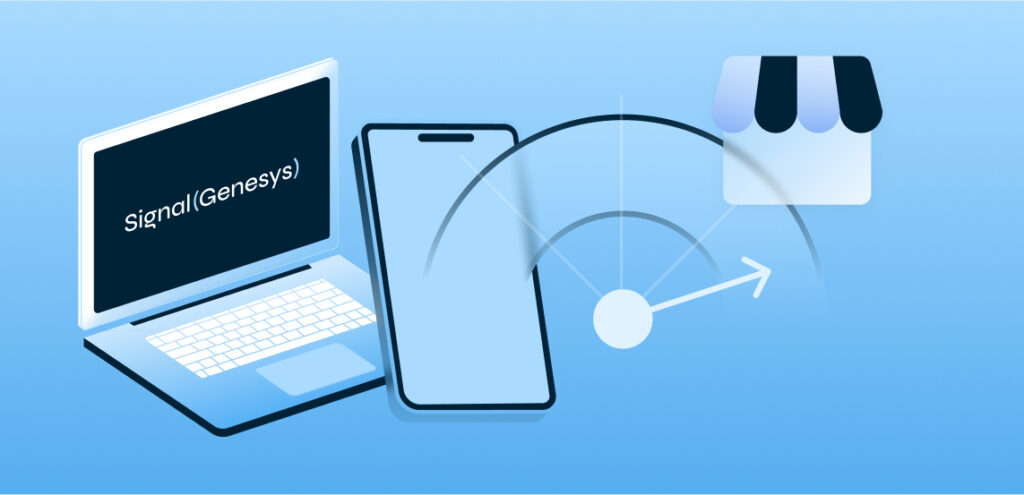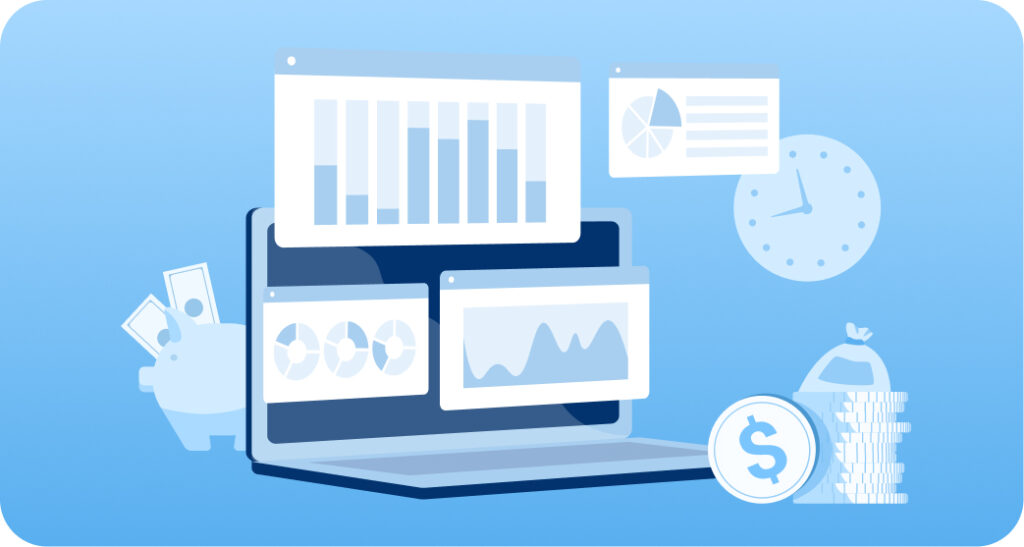What is Digital PR? A Guide to Understanding the Basics
Do you know what Digital PR is? If not, you’re in the right place! Digital PR is gaining traction and becoming a key part of any digital strategy. It is becoming increasingly important for organizations to understand the basics of this key marketing and public relations practice.
This blog post is your guide to understanding the basics of Digital PR. We’ll talk about what it is, why you should use it, and we’ll also cover some tips and tricks for success. So, if you want to learn more about what Digital PR is and how to use it effectively, read on!
Quick Summary:
Digital PR is a marketing strategy that uses digital channels and tactics like social media, content marketing, influencer outreach, SEO, and more to promote brands and their products or services online. It is designed to increase brand awareness, influence consumers, and build relationships with customers.
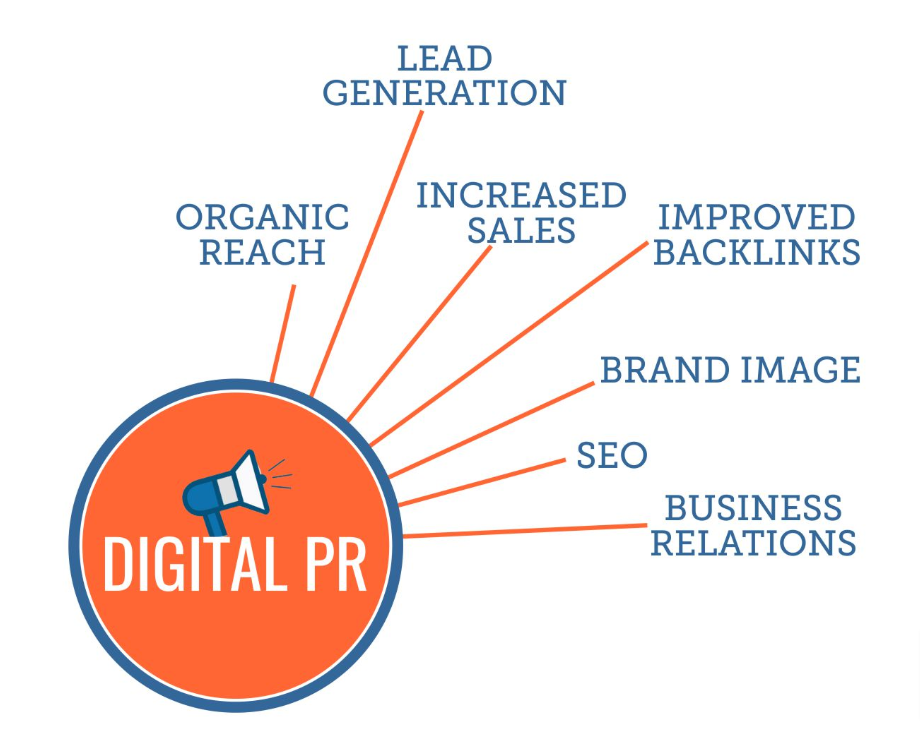
Definition of Digital PR
Digital PR is a relatively new concept, yet a powerful one nonetheless. In its basic sense, it refers to the process of utilizing digital technology and media channels to increase public awareness of an organization, promote brand messages and monitor customer feedback while taking into account the changing landscape of social media, content engagement, streaming video platforms and beyond. The scope of digital PR has greatly broadened and can be seen as a form of public relations that works in the public sphere with particular emphasis on reaching target audiences through strategic digital mediums such as podcasts, blogs and search engine optimization tools.
When discussing the definition of digital PR, some may argue that it goes beyond merely gaining public awareness by also playing a role in enhancing reputation management which can involve counseling organizations on how they should respond to potential crises or negative press. Others, however, suggest that this is merely an extension of the original purpose: increasing awareness in the public space and should not take up any more of the focus than necessary.
Ultimately, determining the definitive scope of what constitutes digital PR is a difficult task due to its ever-changing nature – particularly given the significant influence of emerging technologies such as artificial intelligence and virtual reality. Furthermore, there exist several hybrid models combining traditional public relations methods with digital tactics that blur the boundaries between these two realms further complicating this debate. Regardless, both sides appear to agree that digital PR can create more meaningful engagements through digital channels than conventional ones, making it an essential component for any modern business strategy trying to maximize their overall visibility.
As we’ve seen, Digital PR plays many significant roles in today’s competitive environment. With that understanding firmly established, it makes sense to take a closer look at the foundation it rests upon – Public Relations – to see just how far this field has come over the years.
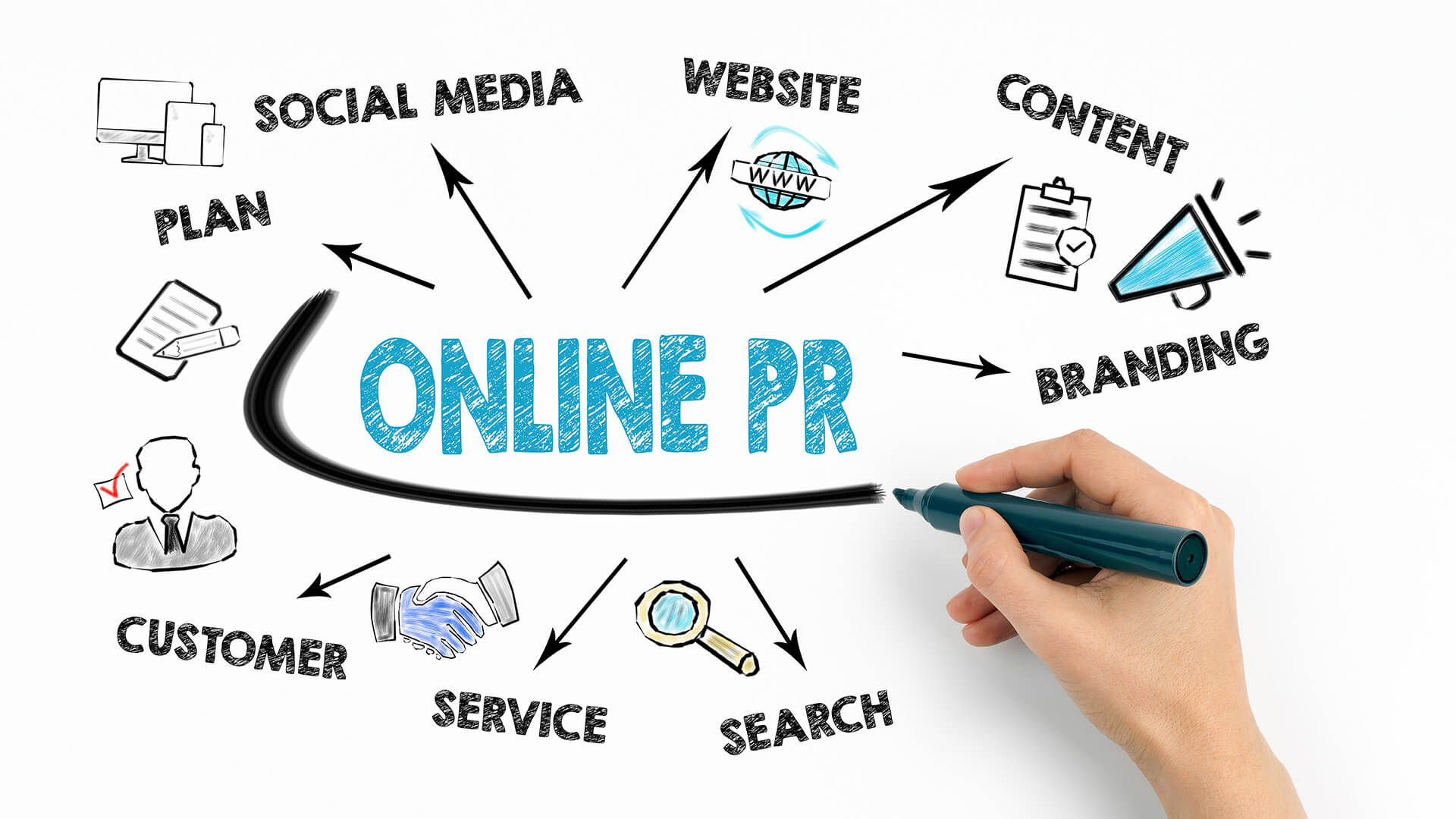
What is Public Relations?
Before we can explore the concept of Digital PR, it is important to understand the basics of traditional public relations. Though in recent years much of the focus has been on digital-based PR tactics, traditional PR has been around for centuries dating back to the early 1700s. It is the practice of influencing public perception about a product, brand, or individual through carefully calculated efforts that build relationships to create positive opinion and change behavior over time.
Public Relations is composed of different elements such as reputation management and crisis PR, communication strategies, content marketing, social media efforts, and influencers to name a few. The idea that a company or individual has a public reputation means it will impact how people view them within their circle or community; this is why effective public relations efforts are often essential to maintain a presence in today’s day in age.
The debate between traditional public relations and digital public relations comes down to whether one approach is better than the other or if it simply depends on what best suits your business needs. What cannot be denied however is that increasingly digital channels play an integral role in the success of any campaign. Many argue that digital campaigns often yield greater success than traditional campaigns due to tactics such as targeted campaigns using online analytics and social listening tools which allow marketers to obtain immediate feedback from their audience.
It is clear from this discussion that regardless of whether you are utilizing traditional or digital PR tactics, it is important to have a well-rounded understanding of both approaches and how they can contribute to successful PR campaigns. As technology advances so does our approach toward communication; leveraging both traditional and digital approaches when crafting your PR strategy can generate positive results for your business. With this clearer understanding of what public relations entail, we are now ready to explore what Digital PR is all about and how it differs in approach from its traditional counterpart.
The Benefits of Digital PR
Digital PR offers businesses numerous benefits, including increased visibility and reach, enhanced brand reputation, better engagement with the audience, improved SEO, and cost-effective marketing. By creating and sharing valuable content that resonates with their target audience, businesses can increase their visibility, build trust with their audience, engage with them in real time, and attract new customers while retaining existing ones. Links and mentions from 3rd-party sites are often more influential as consumers look for non-biased information about your brand.

Digital PR is strictly an online marketing strategy that is used to generate authority and traffic around a certain brand, topic or product by obtaining coverage in online media outlets and industry news sources.
“A great Digital PR campaign creates unique content, or maybe a creative asset, that is so good, that journalists can’t help but cover it (and link to it!)”
– Gary Jenkins, Managing Director at No Brainer Agency
Start Delivering Maximum Results for Clients
Learn why agencies use Signal Genesys to deliver world-class PR campaigns.
Crafting a Compelling Story
Crafting a compelling story is crucial to building a memorable and unique brand. This can help businesses build trust and credibility with their audience, ultimately leading to increased conversions and sales. By creating a brand story that is authentic, memorable, and unique, businesses can convey their brand’s essence in a way that is relatable to their audience.
Creating Shareable Content
Creating shareable content that is informative, engaging, and visually appealing is key to achieving maximum reach. By crafting content that is shareable, businesses can extend their reach and attract new customers while retaining existing ones.
Building Relationships with Journalists and Influencers
Partnering with influencers and building relationships with journalists can help amplify a business’s digital PR efforts. By creating valuable content that is relevant to their audience and partnering with influencers who align with their brand values and mission, businesses can increase their reach and engagement with their audience.
Incorporating SEO into Your Strategy
Incorporating keywords and meta descriptions into digital PR content can help improve a business’s search engine rankings. By generating authoritative links from reputable sources, businesses can improve their website’s domain authority, on-page optimization, and Expertise, Authoritativeness, and Trustworthiness (E-A-T) signals. Proper sourcing and attribution of digital PR content can help build credibility and trust with search engines, ultimately leading to increased domain authority and higher search engine rankings. This can drive more traffic to the site, generate leads, and increase sales.
Digital PR for Link Building and Signal Generation
From the SEMRush blog: “Digital PR is, without a doubt, the most effective link-building tactic that you can use to overcome some of the most common challenges and obstacles that SEOs face: Scaling link building without compromising on the quality of the links earned Earning links editorially Earning links from topically relevant, high-quality publications But digital PR can drive so much more than just links, even though SEOs often turn to the tactic as a way to achieve this.”
Digital PR can be used to generate ranking signals in several ways. By creating and distributing valuable content that is linked back to a business’s website, digital PR can help improve a business’s search engine optimization (SEO) and generate important ranking signals such as:
- Backlinks: Digital PR can help generate high-quality backlinks from reputable sources. Backlinks from authoritative websites signal to search engines that a website is trustworthy and relevant, and can improve a website’s search engine rankings.
- On-page optimization: Digital PR can also help with on-page optimization by incorporating keywords and meta descriptions into content, optimizing title tags and headers, and using internal links to improve the user experience and guide search engine crawlers.
- Experience, Expertise, Authoritativeness, and Trustworthiness (E-E-A-T) signals: E-E-A-T signals are increasingly important ranking factors that assess a website’s credibility, expertise, and trustworthiness. By creating valuable and relevant content, digital PR can improve a website’s E-E-A-T signals and increase its visibility in search engine results pages.
- Brand mentions: Digital PR can also help generate brand mentions across various digital channels, such as social media, blogs, and online news outlets. These brand mentions can signal to search engines that a business is active and reputable, and can improve a website’s search engine rankings.
Overall, digital PR can be a valuable tool for generating important ranking signals that can help improve a business’s search engine visibility and drive more traffic to their website.
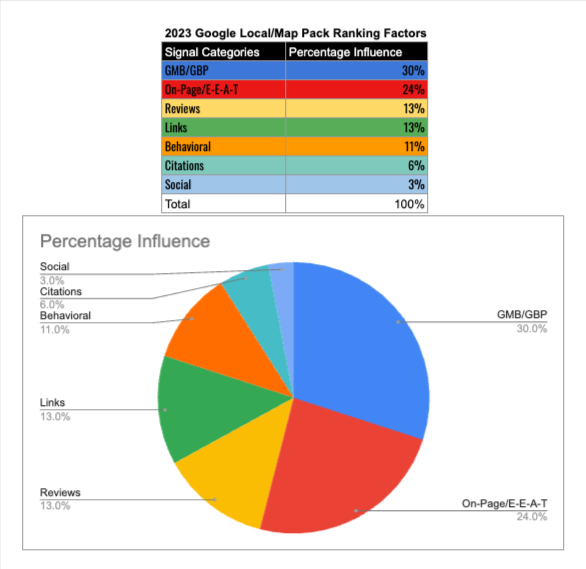
Staying Up-to-Date on Industry Trends
The digital PR landscape is constantly evolving, so it’s important to stay up-to-date on industry trends and best practices. Following industry thought leaders, attending conferences, and reading industry publications can help businesses stay informed and adapt their digital PR strategies to the ever-changing digital landscape.
Digital PR vs Traditional PR
The lines between traditional PR and digital PR have grown increasingly blurry, leading to a great deal of uncertainty regarding the two. Furthermore, oftentimes there is a tendency to compare them to each other. Digital PR and Traditional PR are NOT the same and should not be confused with each other as being the same.
Utilizing digital PR involves leveraging applicable resources to syndicate quality content to news and media sites to generate new traffic, establish authority and expertise in a topical area, procure proper backlinks, and generate other ranking signals, which in turn influences the organic rise of a page in an online search and its SEO functions. To measure the success of this endeavor, one can observe the quality of the backlinks and other signals attained and their collective effect on SEO outcomes. Be aware that not all digital PR solutions are the same! Most digital PR services are NOT executed properly and therefore result in minimal to negligible SEO benefits.
Compared to this, conventional PR predominantly relies upon KPIs designed to raise brand recognition. It is difficult to precisely measure and demonstrate its actual effect and is frequently based on endorsing company accounts and launching new products. Traditional PR also still places a large focus on offline media, while digital PR typically targets online outlets, news, and media sites.
What is Digital PR Software?
Digital PR software is a tool that helps agencies and public relations teams promote their client stories, content, and campaigns through online channels. It enables users to easily launch digital PR activities in real-time. With this type of software, marketing professionals can develop and execute successful digital PR marketing strategies at scale.
The use of digital PR software can be beneficial for agencies who want to stay on top of the latest trends and adjust their strategies accordingly quickly. Companies that don’t use such tools may find it difficult to keep up with all the changes and may miss out on opportunities.
Overall, digital PR software provides an effective way for companies to promote themselves online, increase their visibility, build relationships with customers, prospects, and other stakeholders, track progress throughout campaigns in real-time, and ultimately drive more conversions. To get the most benefit from this type of software, however, organizations must ensure that they have properly implemented it via thorough training and support. This will provide them with an efficient way to manage their digital presence which should lead to positive results over time.
Conclusion
Digital PR is a powerful solution for building a stronger brand, SEO, and web presence. By creating valuable content, building relationships with journalists and influencers, incorporating SEO into their strategy, staying up-to-date on industry trends, and crafting a compelling brand story, businesses can effectively promote their brand in today’s digital world.
Resources
Here are a few additional resources you can download!
What Publishers Want for Digital PR Success
Ultimate Guide to Managing a Brand Newsroom




